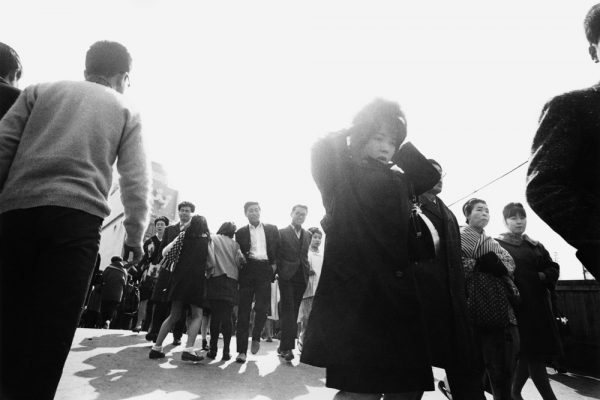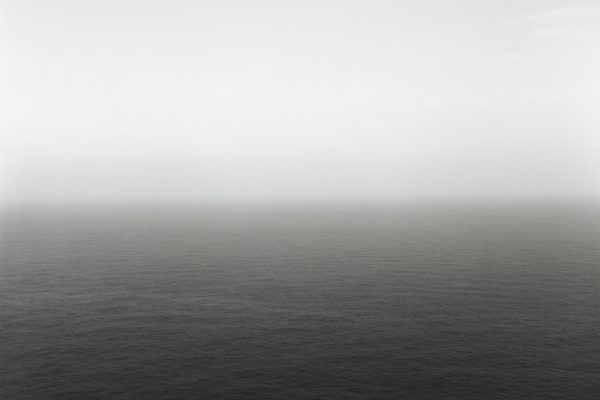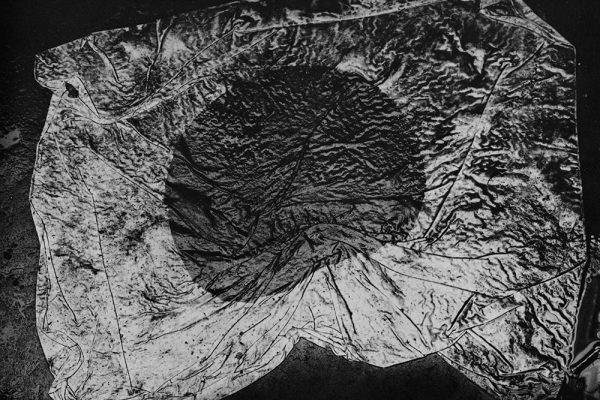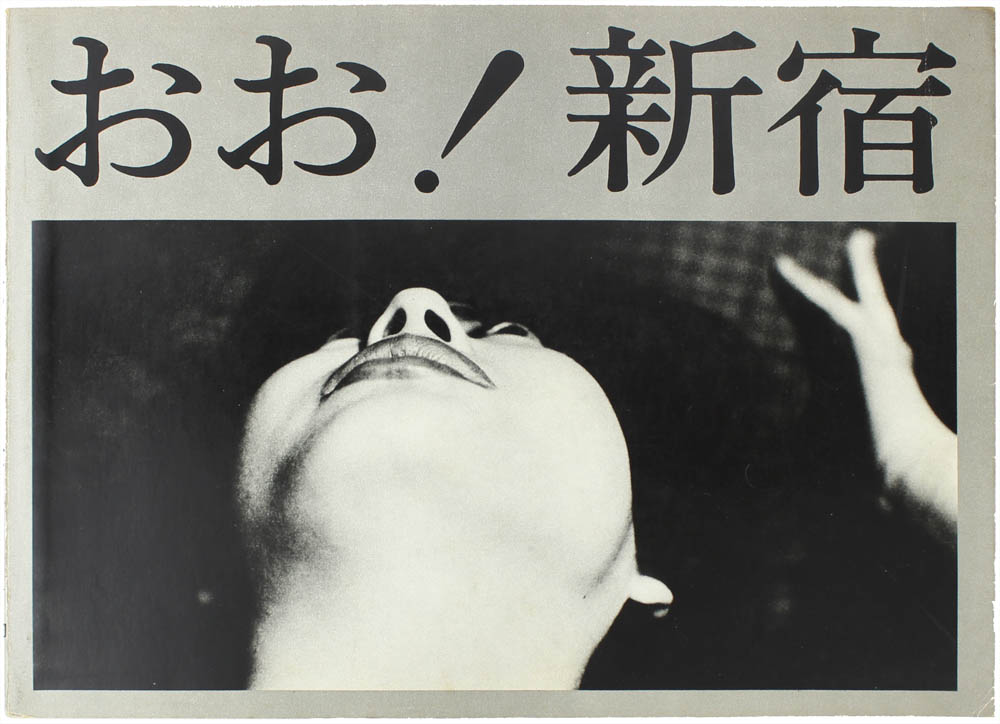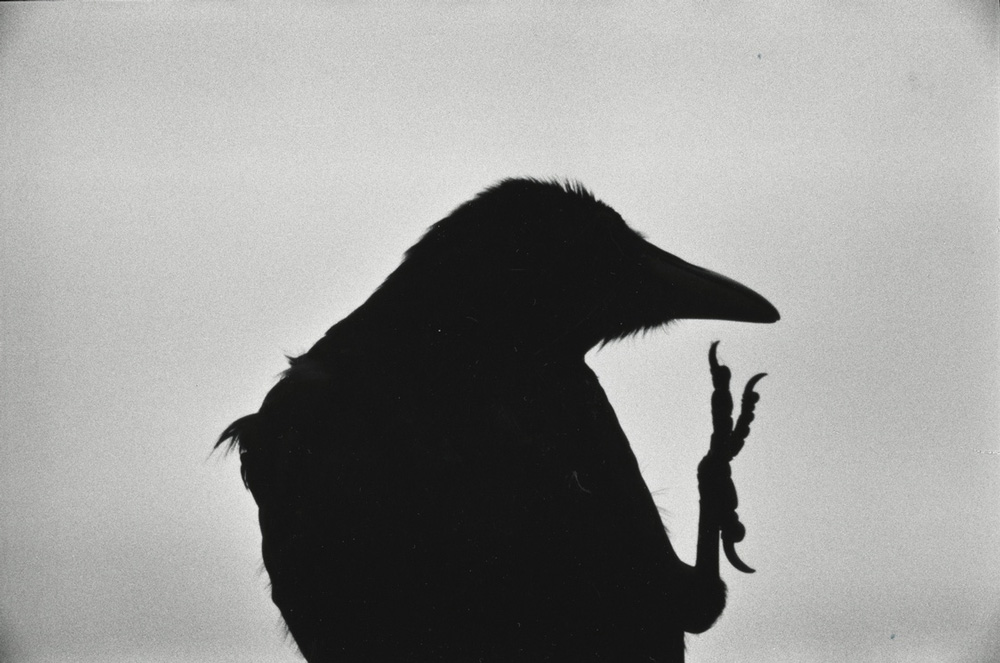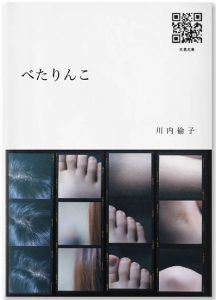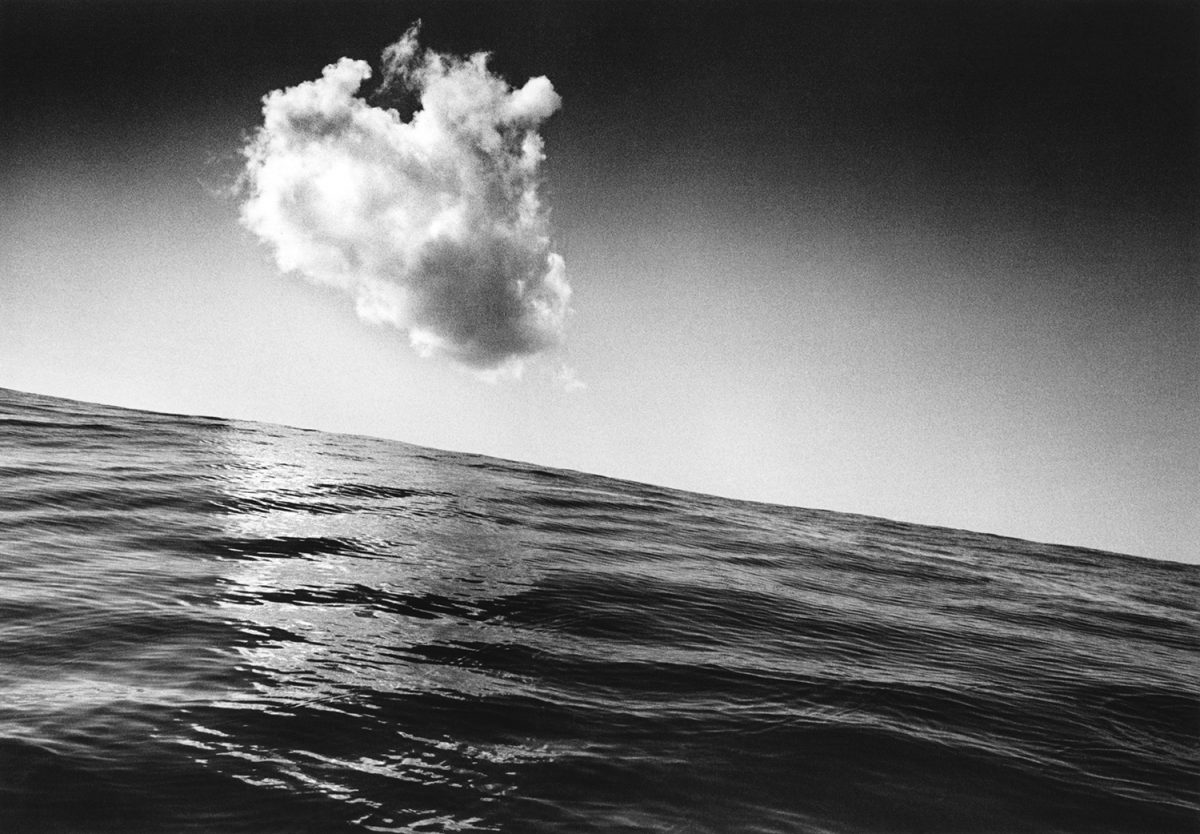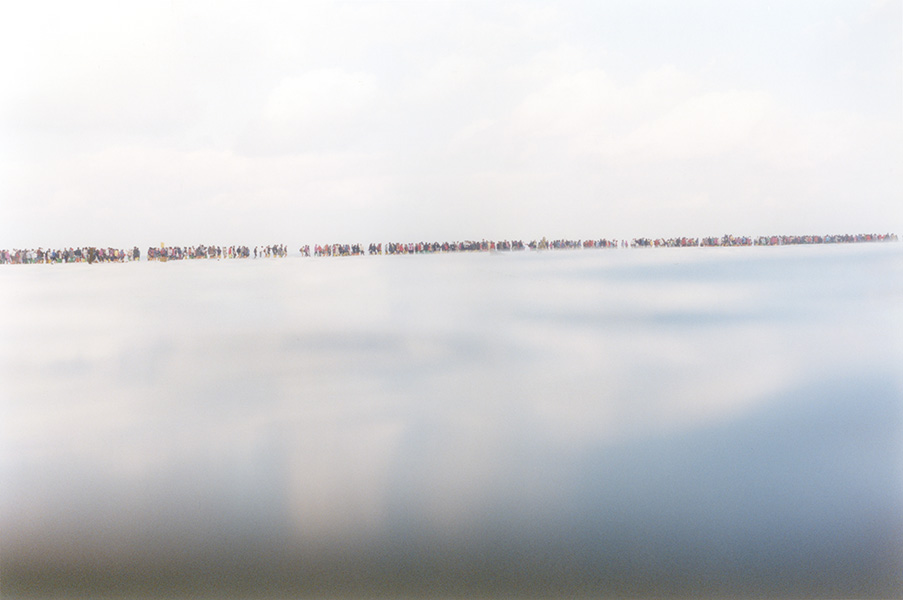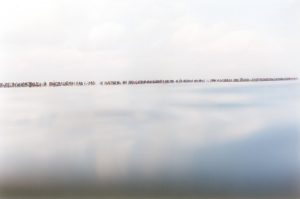In 1966 Yutaka Takanashi published a 36 pages long spread with 43 photographs introducing his new series titled “Tokyo-jin”, a title which is usually translated as “Tokyoites” or “People of Tokyo”. The series was published in the magazine Camera Mainichi – a photo magazine which was essential documenting contemporary currents in the Japanese photography scene.(Camera Mainichi, 1966, no. 1. In the magazine the title “Tokyo-jin” was translated as “Tokyo Man”. The editor of Camera Mainichi, Shôji Yamagishi, co-curated in 1974 the seminal exhibition on Japanese photography at the MOMA, see the post on John Szarkowski, 2007.)
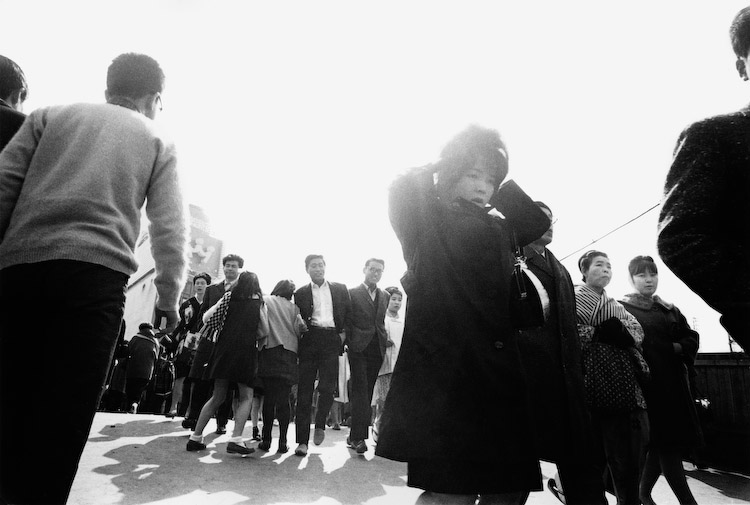
Yutaka Takanashi: West Exit Square, Shinjuku Station, Shinjuku-ku, 1965 ©Yutaka Takanashi
Photographed 1964-65 “Tokyo-jin” concentrates on the inhabitants of the megacity Tokyo. At that time Tokyo had overcome the severe destructions of World War II and new centres for consumption, mass- and avant-garde culture had emerged, now mainly concentrated in Shinjuku and Shibuya.(Before WWII Ginza and Asakusa were the heart of the avant-garde culture and Western-influenced modernity. You can find a colour video from 1935 on Ginza and Asakusa in a 2007 post. Today Asakusa is seen as representing the ‘old’ Tokyo. See for example my post on Hiroh Kikai from 2006.) Takanashi’s series shows people in public spaces, in the streets, at department stores, commuting to work – like the fantastic image of an overcrowded subway train -, or spending leisure time together.
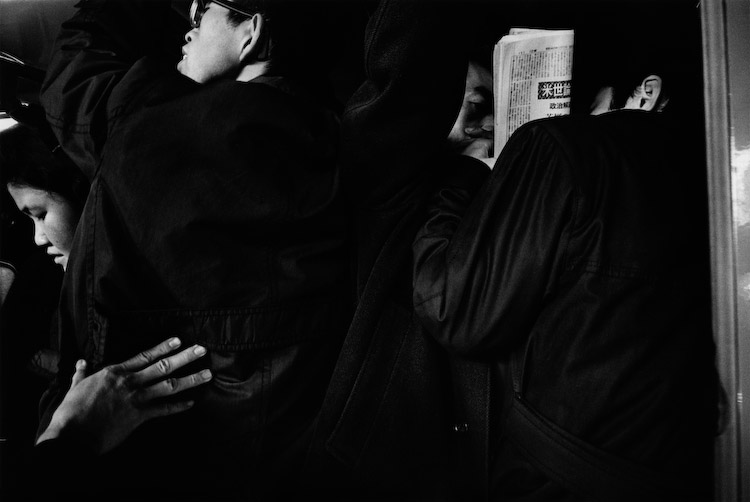
Yutaka Takanashi: Shinjuku Station, Shinjuku-ku, February 12, 1965 ©Yutaka Takanashi
Continue reading →
